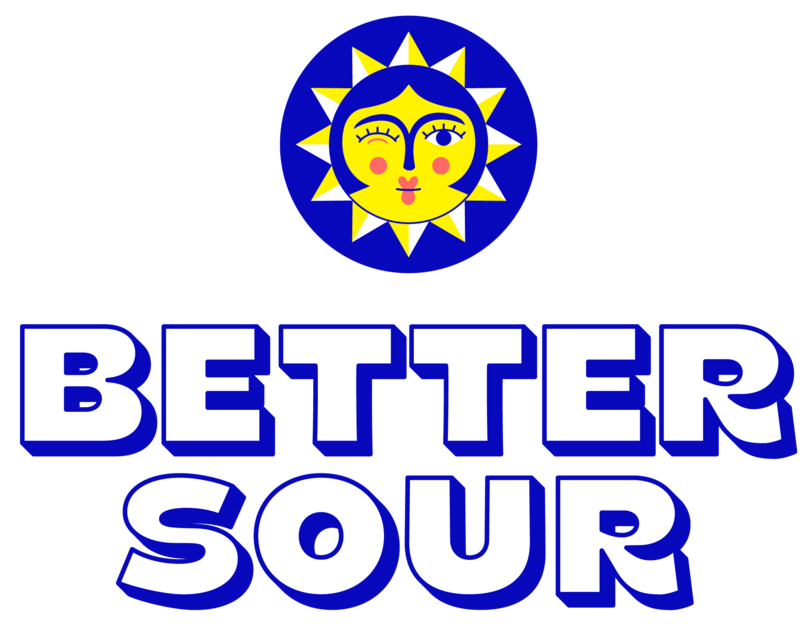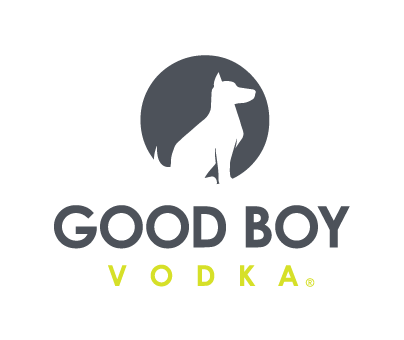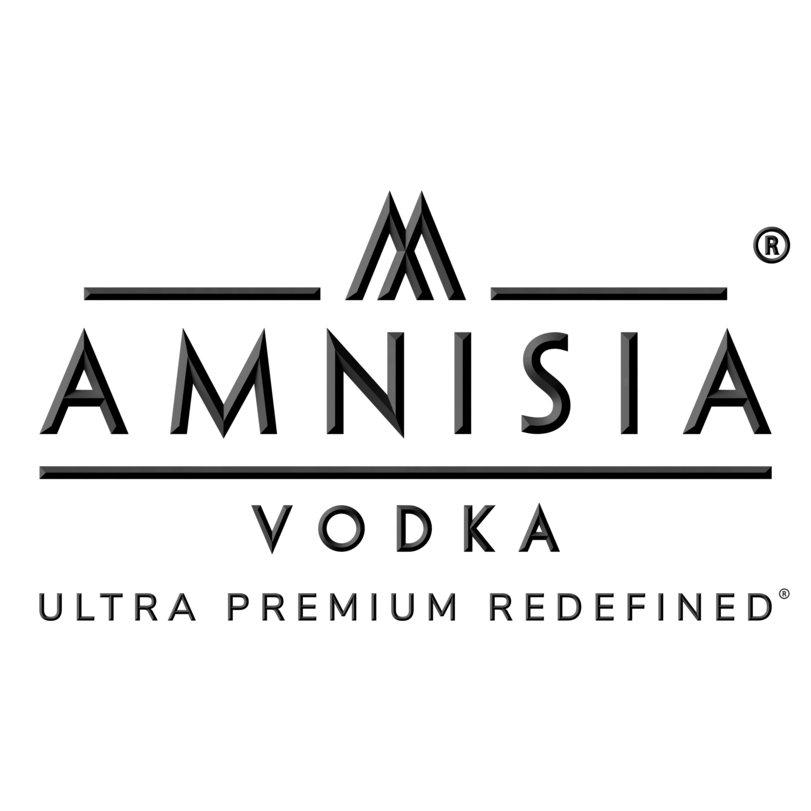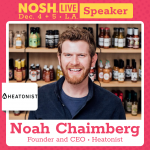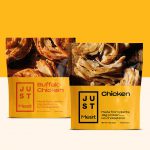A Bite With…The Coconut Cult CEO Ari Raz

When The Coconut Cult was founded in 2016, it wasn’t attempting to be another plant-based yogurt brand but was aiming to reframe the potential of the broader yogurt category.
Using its signature probiotic blend, the San Luis Obispo-based business sought to communicate how food can be medicine. In 2021, the company brought on Once Upon A Farm’s former co-founder and president Ari Raz to build on The Coconut Cult’s fanatical following and evolve the yogurt maker into a national brand that could compete on-shelf with the whole category.
The brand has been continuing to grow its manufacturing capabilities in recent years including investing in new equipment like a case packing machine. Additionally, the company is finishing up a facility expansion that has nearly tripled its production space and refrigerated storage.
Raz talked with Nosh about the company’s decision to institute a brand refresh of its signature glass jars, how to leverage the product’s supplement-like credentials to find new consumers and its goals of expanding into new distribution channels.
Explain the decision to refresh Coconut Cult’s packaging.
AR: For a brand like The Coconut Cult that has so closely identified with a certain type of label and a certain type of look for so many years, accepting that a rebranding effort would be beneficial was not an easy task. It’s fair to say that people loved the previous look. Many of our customers loved it. Many of our internal team loved it. To this day I still miss it from time to time.
That being said, we needed to position the brand to prepare for growth. Part of doing that is making sure that people identify those labels with our brand, not a logo or not a symbol. I want people to talk about The Coconut Cult yogurt, not that pink flamingo yogurt.
I see it as laying the foundation for future growth and putting forth the best face for what the potential of our brand is. The previous labels were not doing their job in preparing us for the opportunity to go toe-to-toe with the largest yogurt brands in the country.
What has the reception been of the new look?
AR: It’s not perfect, but you learn.
We are making some adjustments that will launch on the labels in October. One thing we had decided [with the refresh] was to take the list of probiotic strains that we use off of the label, and people were concerned when they didn’t see that list, that we actually changed our probiotic formulation, which we did not. But by only typing in “custom probiotic blend,” it allowed us to save a lot of space. But because of customer feedback, we are now going to bring that back.
Another really important point that I think we missed on this update is the idea that our jars are multiserve. We didn’t do a good enough job calling that out on these new labels. That’s very important because these are expensive products. They’re not meant for one-time use. They’re not even meant for two-time use. They’re multi-use products.
The Coconut Cult lives in a unique position where it can be viewed as a supplement while also playing in the recognizable yogurt and plant-based dairy categories. How does the brand marry its various identities?
AR: Some people eat our yogurt as a supplement, but we’re internally moving away from that because at the end of the day, our belief is that your food should supplement your health. Food is medicine.
We are a brand that you buy because you like the functionality and you like the product. You might eat dairy, drink milk or eat meat, but you prefer our yogurt over a dairy competitor or a non-dairy competitor. I think very few brands in yogurt can bridge that gap and by focusing on that presents a massive opportunity for The Coconut Cult in the future.
We’re working on marketing all that slowly and bringing that messaging to bear across the board, but not in an aggressive way like “Hey, you there buying our yogurt. Eat more yogurt!” That’s not going to work. Most of our customers who currently eat it have a specific way of eating it, and we’re not here to try to convince or change their behavior. We’re actually working to introduce The Coconut Cult to more customers.
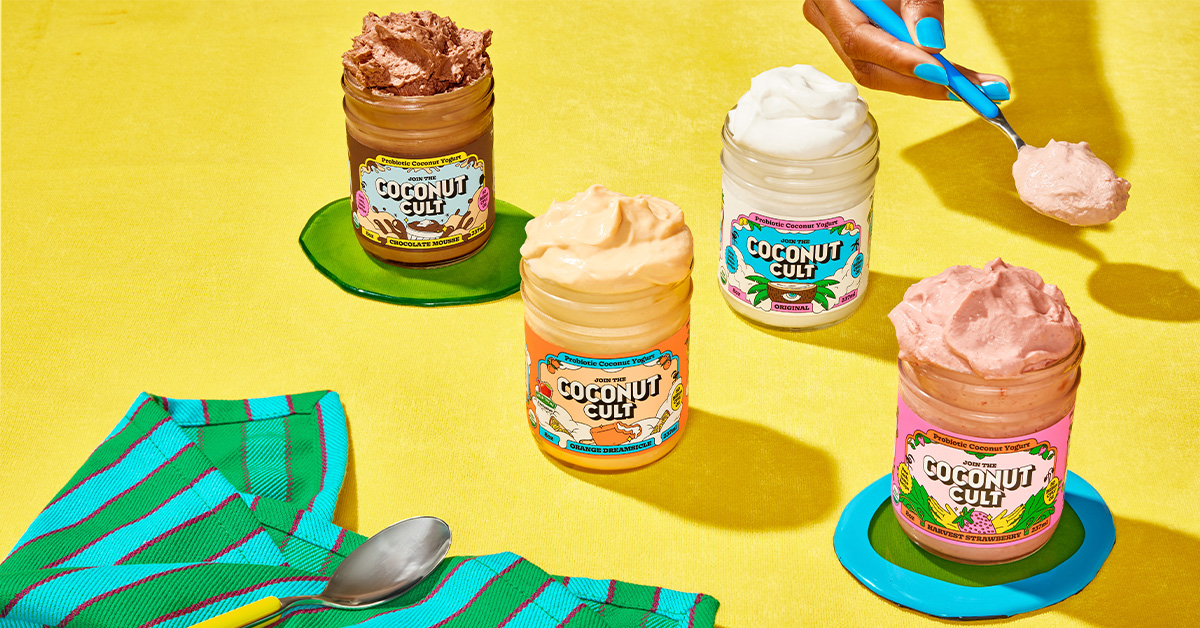
The Coconut Cult has a history of launching a lot of LTOs and exclusive partnership flavors. How does that approach play into The Coconut Cult’s distribution strategy?
AR: A big portion of our growth is going to be innovation to meet the needs of potential new consumers and widen our channel distribution. With introducing new flavors comes introducing new ways of eating. Our fruit-flavored yogurts, they’re lighter, they’re easier to eat as a standalone yogurt.
It’s a strategy that comes from understanding that different flavors and different products will have different use cases and will open up more distribution. We only have Original and Chocolate [Mousse] across the country at Whole Foods right now. That’s how most customers know The Coconut Cult; as those two flavors. But once they start seeing new flavors show up as lighter, easier-to-eat yogurt, I believe that behavior will change.
You spent over six years at Once Upon A Farm; what did you learn in that role that you brought to your current position at The Coconut Cult?
AR: Once Upon A Farm, under the leadership of John Foraker, grew in a way that is very difficult for any CPG to grow. It grew very quickly, both in distribution and product development. I
firmly believe that those two components are what will lead to our success here, but it will take more time. It’s really about following a very similar playbook on the retail side and a very different playbook on the marketing side.
I would say it’s about getting better at thinking bigger and not being afraid to think bigger. I think it’s very difficult for first-time entrepreneurs to write big checks or agree to a massive free fill deduction for a new retailer or whatever it is. But once you’ve already gone through a lot of that, and you understand the risks and the rewards over time, you can better plan for them.









